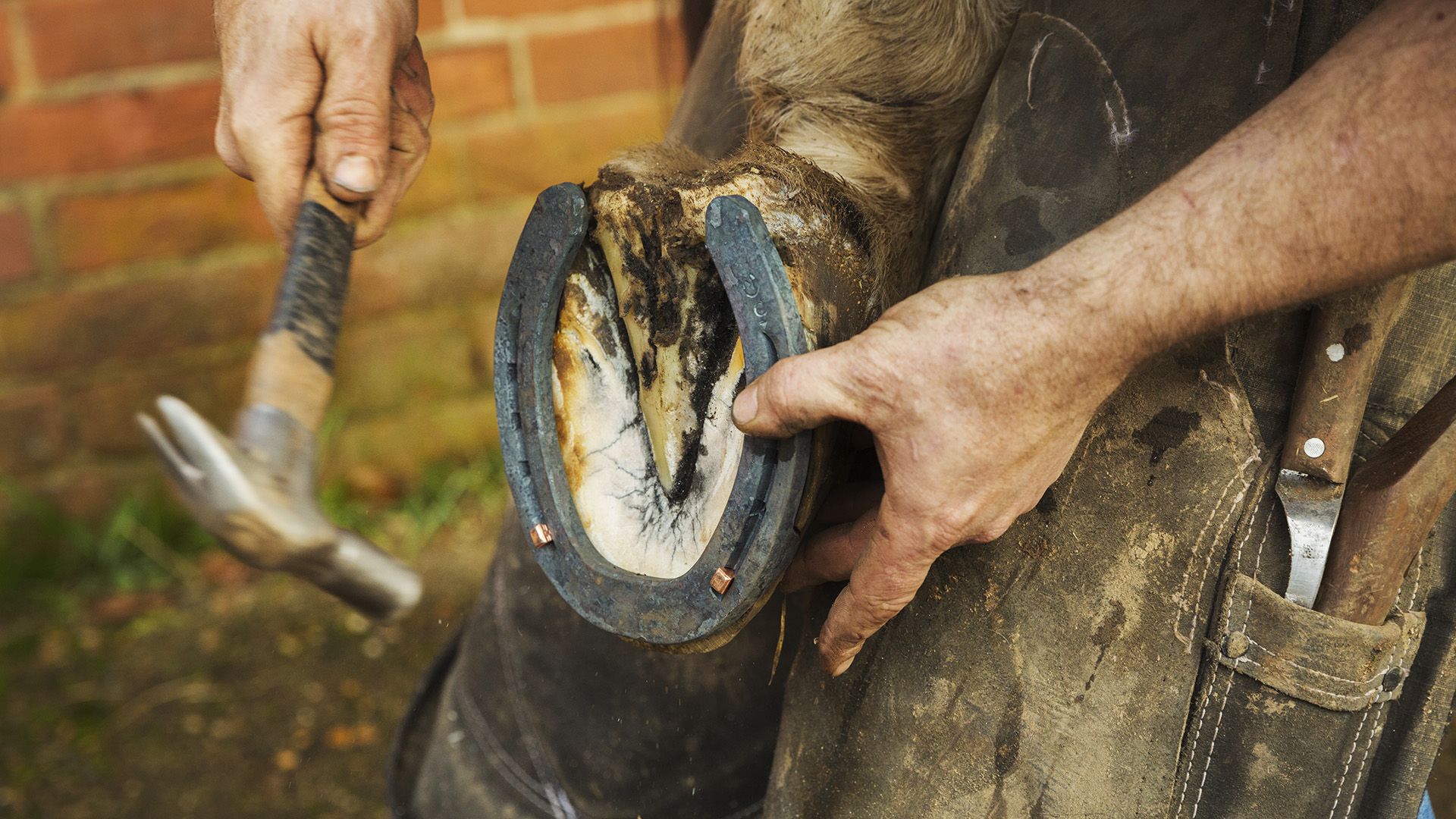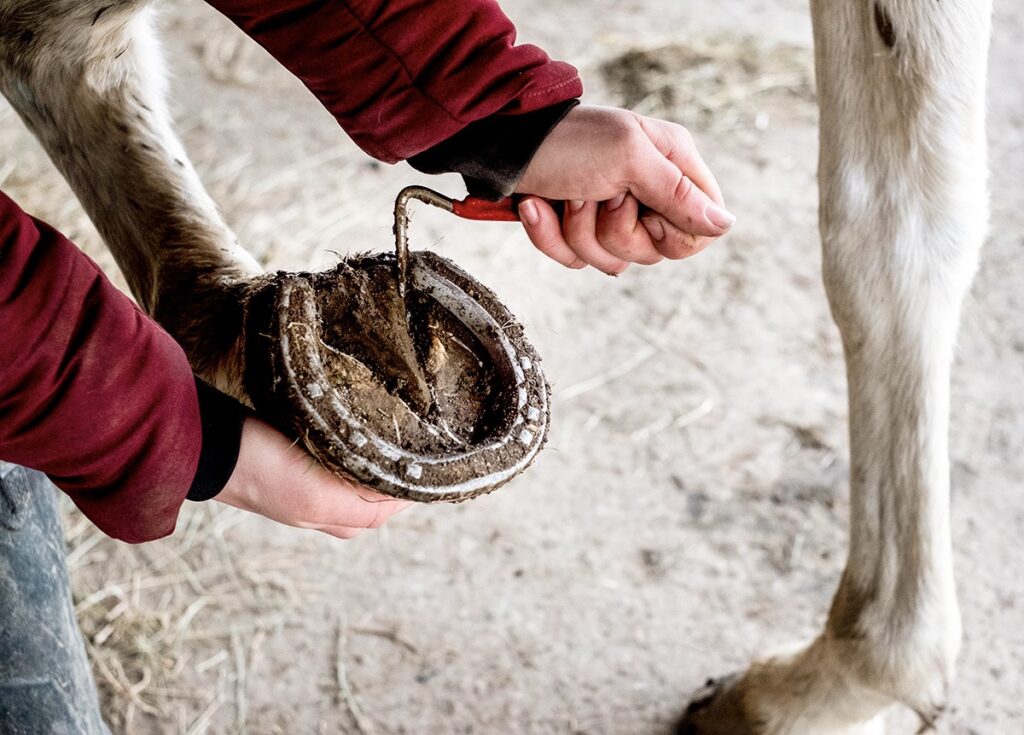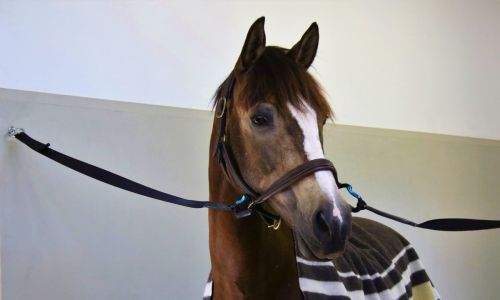Caring for Your Horses’ Feet: An Essential Guide to Hoof Care

Have you ever heard the saying “No hoof, no horse”?
The health of a horse’s feet is critical to its overall wellbeing, performance, and comfort. As the old saying goes, “No hoof, no horse.” Proper hoof care involves consistent attention, informed decisions, and collaboration with professionals to ensure your horse stays sound and happy.
In this article, we’ll explore the essentials of hoof care, the role of professional farriers, the benefits of barefoot hooves, and the circumstances that necessitate shoeing.
Understanding the Basics of Hoof Care
Horse hooves are complex structures that provide support, shock absorption, and traction. They grow continuously, much like human nails, and require regular maintenance to remain healthy. Without proper care, issues like cracks, thrush, or laminitis can arise, potentially sidelining your horse or causing lasting damage.
Daily Hoof Maintenance
- Clean Regularly: Pick out your horse’s hooves daily with a hoof pick to remove dirt, stones, manure or any foreign objects that can cause discomfort or infections.
- Inspect for Issues: Look for signs of cracks, bruises, swelling, or an unpleasant odour, which could indicate thrush or an abscess.
- Provide Proper Nutrition: A balanced diet with adequate biotin, zinc, and omega-3 fatty acids supports healthy hoof growth.

Essentials of Professional Farriery
A skilled farrier is an invaluable part of your horse’s care team. Regular farrier visits every 4-8 (depending on the horse and the season) weeks ensure that hooves are trimmed and balanced to prevent overgrowth and deformities.
What Makes a Good Farrier?
Knowledgeable: An experienced farrier understands the anatomy and mechanics of the hoof.
Observant: They can identify subtle signs of potential problems before they escalate.
Collaborative: A good farrier works closely with horse owners and veterinarians to address specific needs.
Barefoot Hooves: Benefits and Considerations
More horse owners are choosing to leave their horses barefoot, allowing hooves to function naturally. Barefoot care can be highly beneficial in the right circumstances.
Advantages of Barefoot Horses
Natural Flexibility: Barefoot hooves expand and contract naturally, promoting circulation and healthy growth.
Reduced Risk of Shoe-Related Issues: Problems like loose nails or overreach injuries are avoided.
Cost-Effectiveness: Regular trims are generally less expensive than shoeing.
When Barefoot Might Not Work For Your Horse
Horses with specific conformation issues, weak hooves, or those working on rugged terrain may require shoes for added protection or support. Transitioning to barefoot may also take time and require hoof boots for temporary protection during adjustment periods.

When Horses Need Shoes
While barefoot is ideal for some horses, others benefit from shoeing. Shoes provide protection, correction, or additional traction, depending on the horse and rider’s needs.
Common Reasons for Shoeing:
Workload and Terrain: Horses performing high-impact work on abrasive surfaces may need shoes to prevent wear and injury.
Corrective Shoeing: Specially designed shoes can address imbalances, laminitis, or joint issues.
Seasonal Protection: Horses working in icy conditions may wear shoes with studs or pads for safety. Studs can also be seen in professional sports such as eventing, show jumping and sometimes dressage.
Additional Tips for Healthy Hooves
Provide Clean, Dry Living Conditions: Excessive moisture weakens hooves, while dirty environments encourage infections.
Maintain Regular Exercise: Movement stimulates circulation in the hooves, promoting growth and strength.
Address Issues Promptly: If you notice lameness or discomfort, consult your veterinarian and farrier immediately.
Caring for a horse’s feet requires a combination of daily maintenance, professional expertise, and informed decision-making about barefoot versus shoeing. Whether your horse is a pasture companion or an elite competitor, their hooves are the foundation of their health and performance. By prioritising consistent hoof care and building a strong partnership with your farrier, you can ensure your horse stays sound and comfortable for years to come.

Get the best grooming tips from Alan Davies
Carl Hester’s previous groom Alan Davies has a whole series of grooming videos in Ridely.
Take part of his many tips to give your horse the shine they deserve.
Do you want more educational content?
Check out our video library with over 500 videos with equestrian professionals all over the world!


